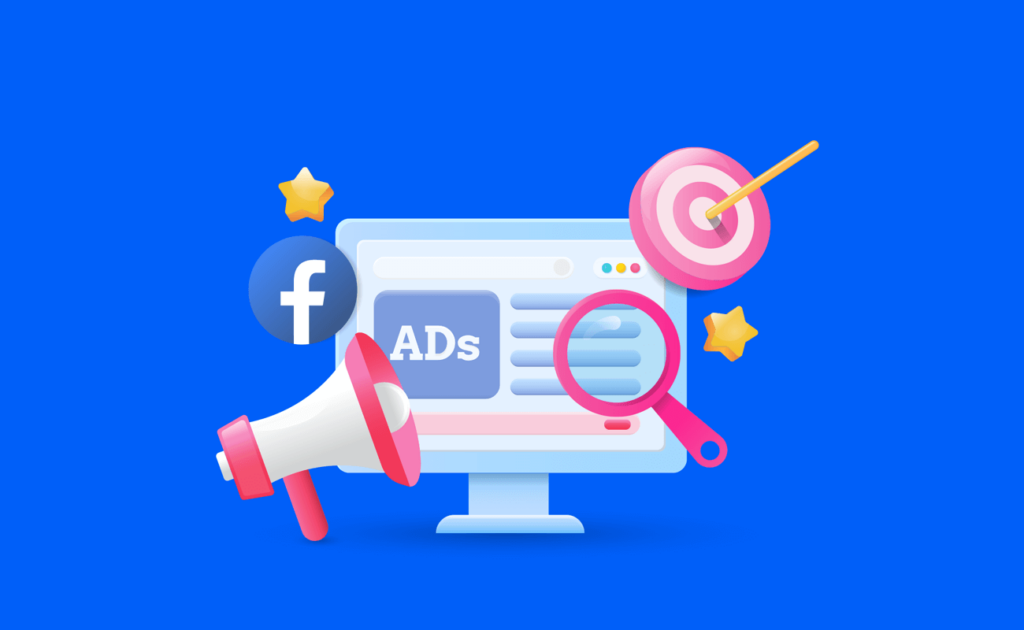Best Practices for Running a Successful Facebook Ad Campaign
Running a successful Facebook ad campaign requires strategic planning, thoughtful execution, and continuous optimization to achieve your marketing objectives effectively. With its extensive targeting options, robust analytics, and vast user base, Facebook remains a powerhouse for digital advertising. Whether you’re looking to drive website traffic, generate leads, increase sales, or boost brand awareness, implementing these best practices will help you maximize the impact of your Facebook ad campaigns.

1. Define Clear Objectives and KPIs
Before launching a Facebook ad campaign, clearly define your objectives. Are you aiming to increase conversions, grow your email list, promote a new product, or enhance brand visibility? Align your campaign goals with specific Key Performance Indicators (KPIs) such as click-through rate (CTR), conversion rate, cost per acquisition (CPA), or return on ad spend (ROAS). Establishing clear objectives will guide your campaign strategy and measurement of success.
2. Understand Your Target Audience
Utilize Facebook’s detailed targeting options to reach your ideal audience based on demographics, interests, behaviors, and location. Understand who your target audience is, what their pain points are, and how your product or service solves their problems. Segment your audience into distinct groups to tailor ad messaging and creative that resonates with each segment’s preferences and needs.
3. Create Compelling Ad Copy and Visuals
Craft compelling ad copy that grabs attention and communicates your value proposition succinctly. Highlight benefits, solutions, or unique selling points that differentiate your offering from competitors. Use clear and concise language, incorporate persuasive calls-to-action (CTAs), and ensure your messaging aligns with the audience’s motivations and interests. Pair your ad copy with eye-catching visuals or videos that reinforce your message and capture interest quickly.
4. Choose the Right Ad Format
Facebook offers various ad formats to suit different campaign objectives and audience preferences:
- Image Ads: Simple yet effective for showcasing products or lifestyle images.
- Video Ads: Engage viewers with compelling videos that tell stories or demonstrate products.
- Carousel Ads: Display multiple images or videos in a single ad, ideal for showcasing product features or storytelling.
- Slideshow Ads: Create lightweight video-like ads from images.
- Collection Ads: Showcase multiple products in a visually immersive format.
Select the ad format that best aligns with your campaign goals and resonates with your target audience’s preferences.
5. Set a Realistic Budget and Bidding Strategy
Allocate a realistic budget based on your campaign objectives, audience size, and competition within your industry. Choose a bidding strategy that aligns with your goals—whether it’s maximizing conversions, controlling costs, or optimizing for impressions. Monitor your ad spend closely and adjust bidding strategies based on performance data to achieve the best results within your budget.
6. Implement Conversion Tracking
Set up Facebook Pixel—a piece of code that tracks user interactions on your website—to measure and optimize ad performance accurately. Track key actions such as purchases, sign-ups, or downloads to attribute conversions to specific ad campaigns. Use conversion data to refine targeting, adjust ad creatives, and optimize bidding strategies for maximum ROI.
7. Test and Optimize Continuously
A/B testing is crucial for optimizing Facebook ad campaigns. Experiment with different ad creatives, copy variations, audience segments, and ad placements to identify what resonates best with your audience. Test one variable at a time to isolate the impact on performance metrics. Continuously monitor ad performance, analyze results, and iterate on your strategy to improve ad relevance and achieve higher engagement and conversion rates.
8. Leverage Retargeting Campaigns
Retargeting campaigns target users who have interacted with your brand but haven’t completed a desired action, such as making a purchase or filling out a form. Set up custom audiences based on website visitors, email subscribers, or previous customers to re-engage them with tailored ad messaging. Use dynamic ads to display products or content that users have shown interest in, encouraging them to revisit your website and convert.
9. Monitor and Analyze Performance Metrics
Regularly monitor key performance metrics such as CTR, conversion rate, cost per conversion, and ROAS using Facebook Ads Manager. Analyze demographic insights, placement performance, and ad frequency to identify trends and opportunities for improvement. Use data-driven insights to make informed decisions, reallocate budgets to top-performing campaigns, and optimize underperforming ads for better results.
10. Stay Updated with Facebook Advertising Policies and Best Practices
Stay informed about Facebook’s advertising policies, guidelines, and best practices to ensure compliance and maximize campaign effectiveness. Adhere to platform rules regarding ad content, targeting practices, and privacy policies to avoid ad disapproval or account restrictions. Regularly review updates from Facebook Ads Help Center and participate in Facebook’s Blueprint courses to stay ahead of changes and leverage new features effectively.
By implementing these best practices, marketers can create and optimize successful Facebook ad campaigns that resonate with their target audience, drive meaningful engagement, and achieve measurable business outcomes. Continuously refine your strategy based on performance data and industry trends to maintain campaign effectiveness and stay competitive in the digital landscape.


